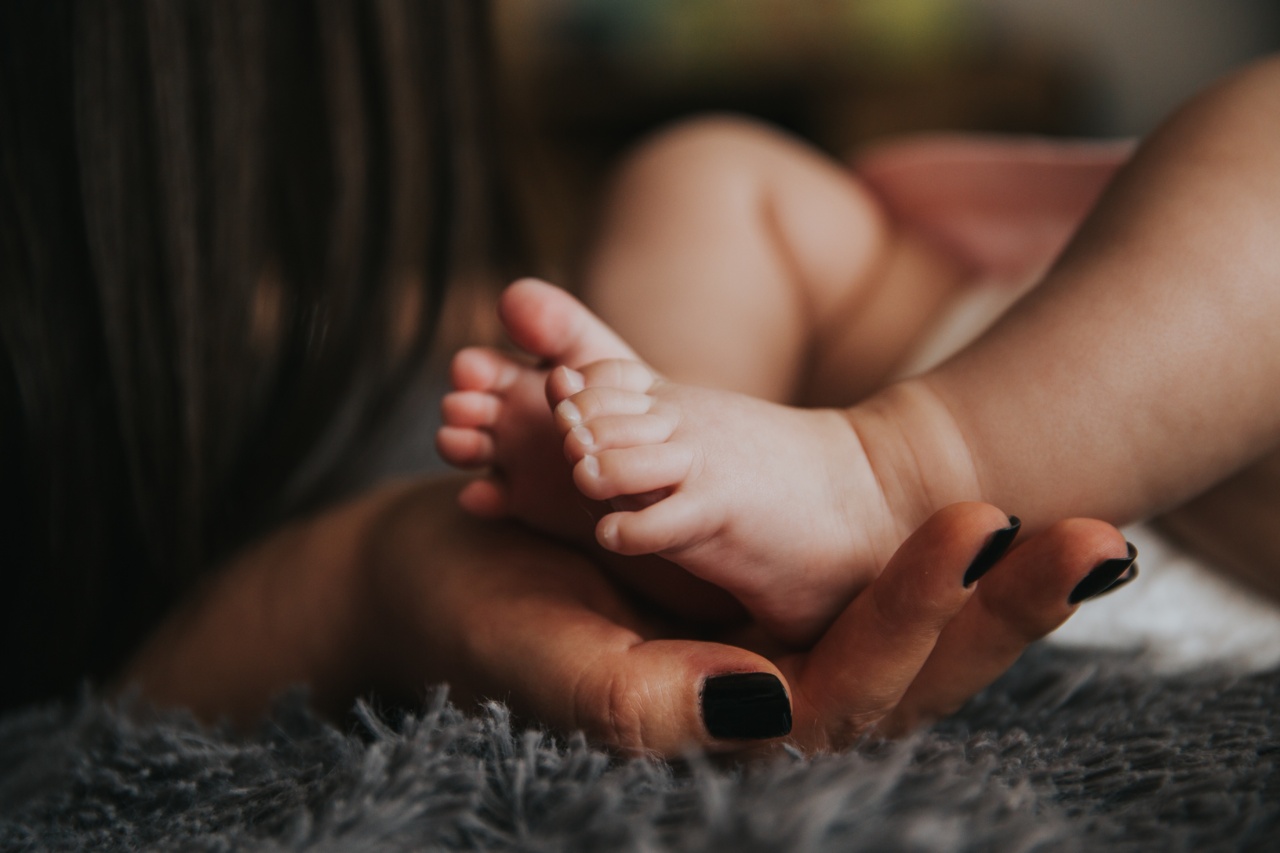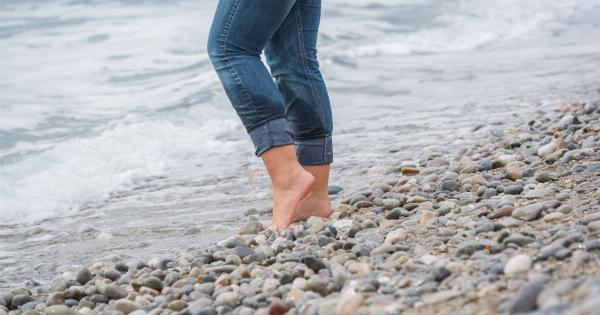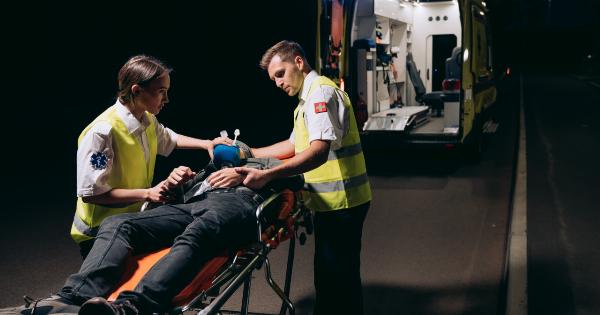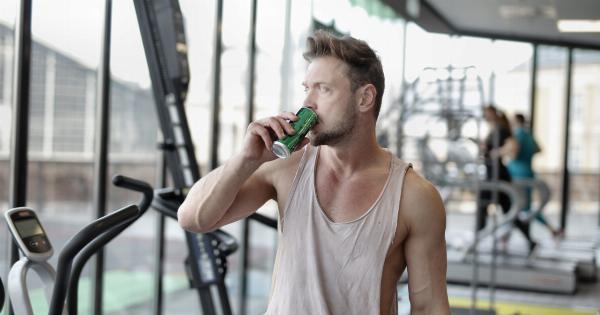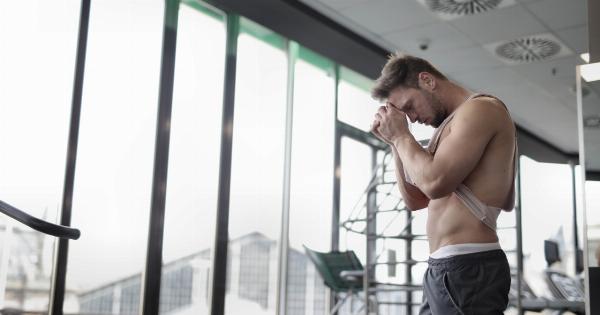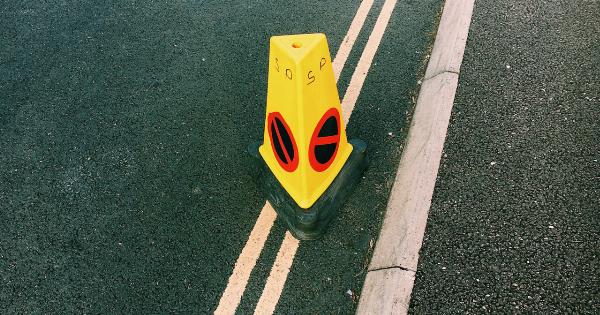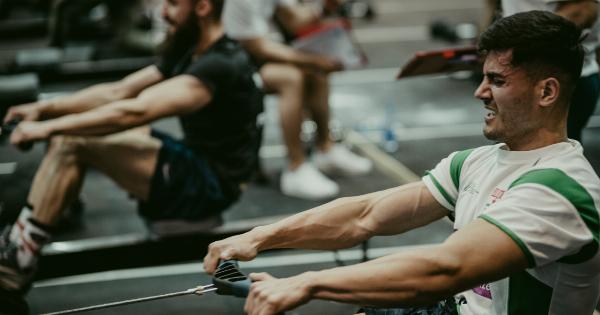Foot cramps, also known as muscle spasms, can be incredibly painful and debilitating. They are often characterized by sudden and involuntary contractions of the muscles in the foot.
While dehydration is commonly cited as a potential cause of muscle cramps in general, its specific role in foot cramps remains a topic of debate.
The Physiology of Muscle Cramps
Before delving into the connection between dehydration and foot cramps, it is important to understand the underlying physiology of muscle cramps.
Muscles typically contract and relax in a coordinated manner, facilitated by the transmission of electrical signals through nerve cells.
In certain situations, however, muscle fibers may contract independently and involuntarily, leading to cramps. This can occur due to various factors, including muscle fatigue, nerve dysfunction, electrolyte imbalances, and metabolic disturbances.
The Role of Dehydration in Muscle Cramps
Dehydration is often identified as a potential trigger for muscle cramps. When the body is dehydrated, it may have imbalances in essential electrolytes, such as sodium, potassium, and magnesium.
These electrolytes are vital for proper muscle function, including muscle contraction and relaxation.
Adequate hydration is crucial for maintaining the balance of electrolytes in the body. When we sweat during physical activity or in hot weather, we lose not only water but also essential electrolytes.
Dehydration can disrupt the delicate balance of these electrolytes, potentially leading to muscle cramps.
Studies on Dehydration and Muscle Cramps
Several studies have investigated the relationship between dehydration and muscle cramps, although most have focused on exercise-associated muscle cramps (EAMC) rather than specific foot cramps.
A study published in the American Journal of Sports Medicine examined the prevalence of EAMC in runners during a 56-km ultramarathon.
The results indicated that runners who experienced cramps had significantly higher body weight losses and sodium deficits than those who didn’t experience cramps. This suggests that dehydration and electrolyte imbalances may contribute to the development of muscle cramps.
Another study published in the Journal of Athletic Training examined the effects of dehydration on muscle cramps in football players during training camp.
The researchers found that players who experienced cramps had a significantly higher body weight loss and greater sweat sodium concentration compared to those who remained cramp-free.
The Case of Foot Cramps
While the aforementioned studies did not specifically focus on foot cramps, the association between dehydration and muscle cramps can be extrapolated to foot cramps as well.
The foot contains numerous muscles responsible for movement, stability, and balance. These muscles are susceptible to cramping, especially if there is an underlying electrolyte imbalance.
Furthermore, foot cramps are often experienced during physical activity, which can lead to increased sweating and fluid loss.
When the body becomes dehydrated, the concentration of electrolytes in the muscles can become disrupted, potentially triggering cramping.
Other Potential Causes of Foot Cramps
While dehydration may play a role in foot cramps, it is important to consider other potential causes as well. These include:.
- Overuse of the foot muscles
- Poor footwear or inadequate support
- Nerve dysfunction or compression
- Muscle fatigue
- Imbalances in other essential minerals like calcium or magnesium
Prevention and Treatment of Foot Cramps
To prevent and alleviate foot cramps, it is important to address any potential underlying causes and maintain proper hydration. Here are some strategies that may help:.
- Stay adequately hydrated throughout the day, especially during physical activity.
- Consume foods rich in electrolytes, such as bananas (potassium), nuts (magnesium), and leafy greens (calcium).
- Stretch the foot muscles regularly, especially before and after physical activity.
- Wear comfortable shoes with adequate arch support.
- Consider massaging the foot muscles or using heat/cold therapy to alleviate cramps.
Conclusion
While the direct relationship between dehydration and foot cramps may require further research, it is evident that dehydration can disrupt the balance of electrolytes in the body, potentially leading to muscle cramping.
Staying hydrated and maintaining adequate levels of electrolytes is crucial for overall muscle health and may help reduce the frequency and intensity of foot cramps.
